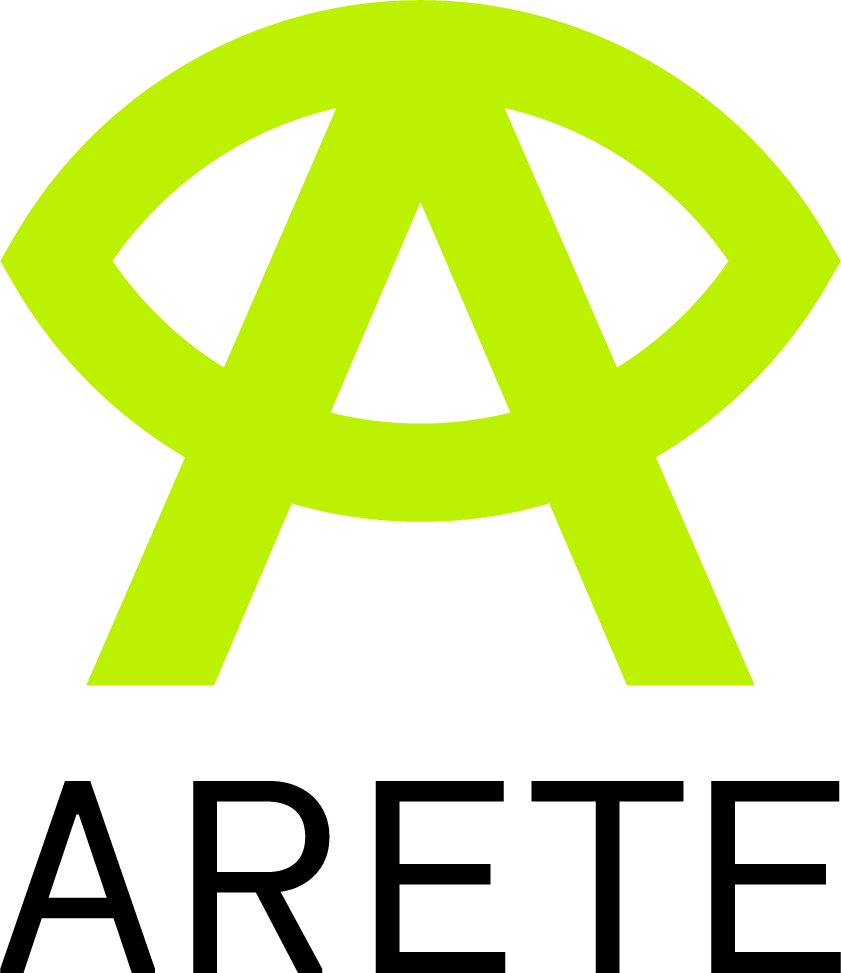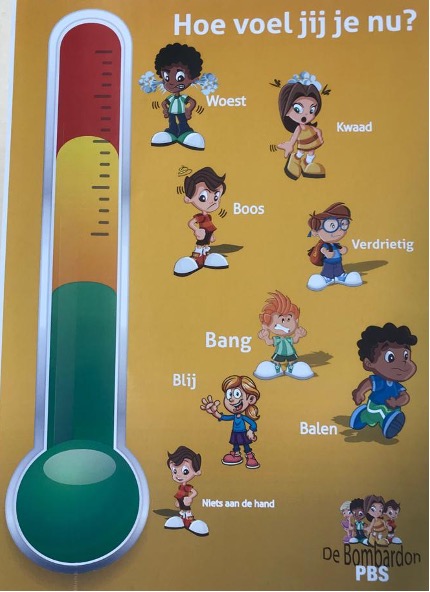Augmented Reality: helping Autism Spectrum students to reach their milestones
Every single Autism Spectrum (AS) or Asperger's syndrome diagnosis is unique to the individual.
While each person with a diagnosis has different needs that must be catered to, they do share a common thread: whether verbal or non-verbal, the ability to communicate with the people and world around them is of the utmost importance. Communication is vital for them to progress and to feel a sense of belonging through social inclusion.
According to the World Health Organisation, it is believed that one in 160 children has some form of AS, but some well-controlled studies have reported figures as high as one in 59 children.
Some students with AS attend special needs schools, while others can function successfully in more mainstream schools and subsequently, mainstream colleges or universities, once proper supports are in place.
Although there have not been many studies to date, experts who have explored Augmented Reality (AR) and other forms of assistive technology in the classroom have reported positive results.
What makes AR in particular so lucrative to educators is its ability to incorporate an effective learning support tool into lessons. It has the ability to assist both educators and their students in facilitating social interaction, both in a classroom environment or via remote learning.
In addition, AR apps are easy and inexpensive to use. They allow users to touch, hear and see knowledge in real time, and are an effective means of communicating with the outside world.
Routine is hugely important for those with AS, and AR technology apps can easily facilitate this. In fact, of the studies that have been conducted on the effects of this type of technology on those on the spectrum, there have been a wide range of reported benefits. These include:
- The ability to teach facial expressions and what they mean
- It provides an outlet for students to improve basic social interactions, such as eye contact and asking questions, as well as non-verbal social cues.
- The ability to teach students simple but essential tasks, such as brushing teeth, through a step-by-step guide.
- Helping those on the spectrum to create task tables and to-do lists to aid their routine and measure progress, as making lists serve as a great coping mechanism. Scheduling is also important, as many young people with AS dislike sudden changes to their schedule.
One such app that has proven to be promising for those on the spectrum is CleverBooks. According to a variety of testimonies via videos and tweets included on its website, feedback from both educators and students has been very positive thus far. These testimonies all say the same thing: that their STEM based and Geography apps are easy to understand and are endlessly engaging.
To conclude, AR allows students with special educational needs (not just AS) to reach their full potential, regardless of their academic or physical abilities. It is however important to keep in mind the undeniable fact that the implementation of supports at an early age is absolutely necessary, in order to ensure the best results.
By Ciarán Mather
CleverBooks. Ltd.



